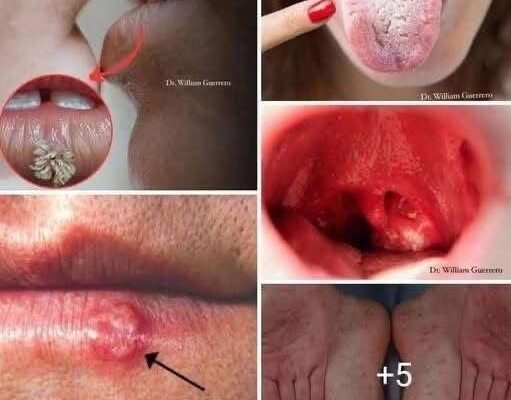Skin irritation in the groin is a common issue because the area is naturally warm, moist, and often subject to friction. These conditions create an environment where skin problems, such as rashes, fungal infections, and ingrown hairs, can easily develop. Maintaining proper hygiene, wearing breathable clothing, and understanding the causes behind these irritations are important steps to prevent discomfort and promote skin health.
One of the frequent problems in this area is ingrown hairs. They occur when hair that should grow outward instead curls back or grows sideways into the skin. This abnormal growth pattern leads to the formation of red, irritated bumps that often resemble small pimples. In some cases, if bacteria enter the area, the bumps can become more painful and even form pus-filled lesions, making the condition more uncomfortable.
The causes of ingrown hairs are usually linked to hair removal practices such as shaving, waxing, or plucking. When hair is cut too closely to the skin, it has a higher chance of growing inward rather than outward. Additionally, tight-fitting clothing can rub against the skin and worsen the risk by creating friction and trapping sweat. People with curly or coarse hair are naturally more prone to ingrown hairs since their hair tends to bend and curl back into the skin more easily.
Symptoms of ingrown hairs in the groin include small, round bumps that may or may not contain pus. Along with the bumps, affected areas often show redness, swelling, and inflammation. Itching and tenderness are also common, which can cause further irritation if scratching occurs. In severe cases, the irritation may mimic an infection or spread to surrounding skin, making it difficult to manage without treatment.
Treatment usually depends on the severity of the ingrown hairs. For mild cases, gentle cleansing with warm water, wearing loose-fitting clothing, and allowing the skin to rest from shaving or waxing can help. Regular exfoliation may remove dead skin cells and free trapped hairs, while soothing creams or aloe-based gels can calm irritation. If the area becomes infected, medical treatment such as topical or oral antibiotics may be necessary. Understanding these causes, symptoms, and treatments encourages safer grooming habits and better skin care, especially in sensitive areas like the groin.



